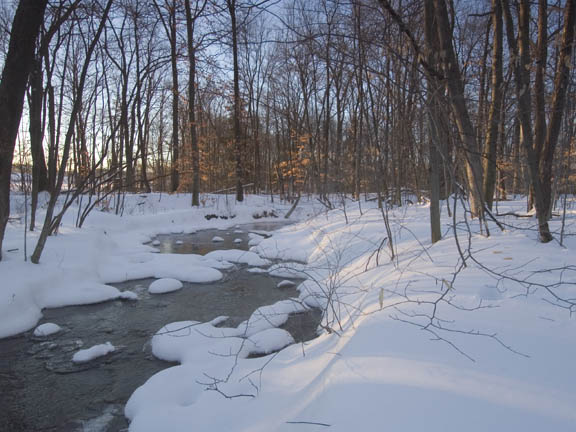What happens when you take
a picture with a digital camera?
Some digital cameras have a device called a CCD (Charge
Coupled Device) and others have something called CMOS (complementary
metal oxide semiconductor). This device converts light into
electrons. Each pixel responds to red, green or blue light. The "raw"
image produced by the CCD or CMOS device has a lot of data in it but
doesn't look that good (yet). It requires some kind of computer
manipulation to make it look "good". Not all digital cameras allow you
to save this RAW image, but most do.
JPEG Images
If you shoot JPEG images, the camera does four basic things
to make the image look good before it saves it:
 |
Changes the color balance based on the White Balance setting
when you took the picture |
 |
Tweaks the sharpness of the image |
 |
Adjusts the tone curve of the image (brightness/contrast) |
 |
Adjusts the color saturation |
In doing these things, you lose some of "data" in the
image. Every time you apply some form of computer manipulation
(i.e., color balance, sharpness, etc), you change the image and in doing
so, lose a bit of image data. One other thing happens when you take a
JPEG image - that's compression. The camera compresses the image to make
it smaller. This JPEG compression is a "loss" compression - in
other words, more image data is lost to make it smaller.
The result most of the time is a pleasant looking image.
RAW Images
If you shoot a RAW image, the camera does not perform any
manipulation and saves the image in its RAW form. One drawback of saving
RAW images is that they're BIG - very BIG (that's your first indication
that they contain a LOT of data - much more data than JPEG images).
They take up a lot of room on your memory card and take longer to
save. Here's an example of an unprocessed RAW image:

It resembles the image taken, but doesn't look very
good. It NEEDS to be adjusted! I could have done it
painlessly by taking a JPG image in the first place, but I chose to take
a RAW image because I trusted my ability to manipulate the image more
than I trusted my camera to do this. It's similar to taking a
picture with FILM and sending it to a lab that has a MACHINE make your
print. It may come out OK - but it ALWAYS could be better. Give the same
negative to a PERSON to make the print and you'll always get a better
print. Same analogy here - a person (who knows how to manipulate
the image) is almost always better than a machine (i.e., camera).
Here's the image after some very simple adjustments (less than one
minute).
You may not want to do this to all of your digital pictures, but, it's a labor of
love! It's all a matter of how much you love your images :).
Histograms are charts that show how much black, white, red, green and
blue is in a picture. They can be very useful to view an image
"graphically". Below are two histograms - the first is of the RAW image
and the second is of the manipulated image. On the far LEFT of the
histograms is "black". On the far RIGHT is "white" and the middle
represents all the tones in-between. The HEIGHT of the histogram
indicates the "quantity" of each tone. As you can see in the RAW image,
there is NO black or white - just mid-tones. In the manipulated image, I
adjusted the tonal "levels" to s-t-r-e-t-c-h them out, creating black
from the darkest value and white from the lightest value. When shooting
JPEG images, the camera does this for you (plus other manipulations
as well). The camera's JPEG manipulations rarely create the image you really want!
|